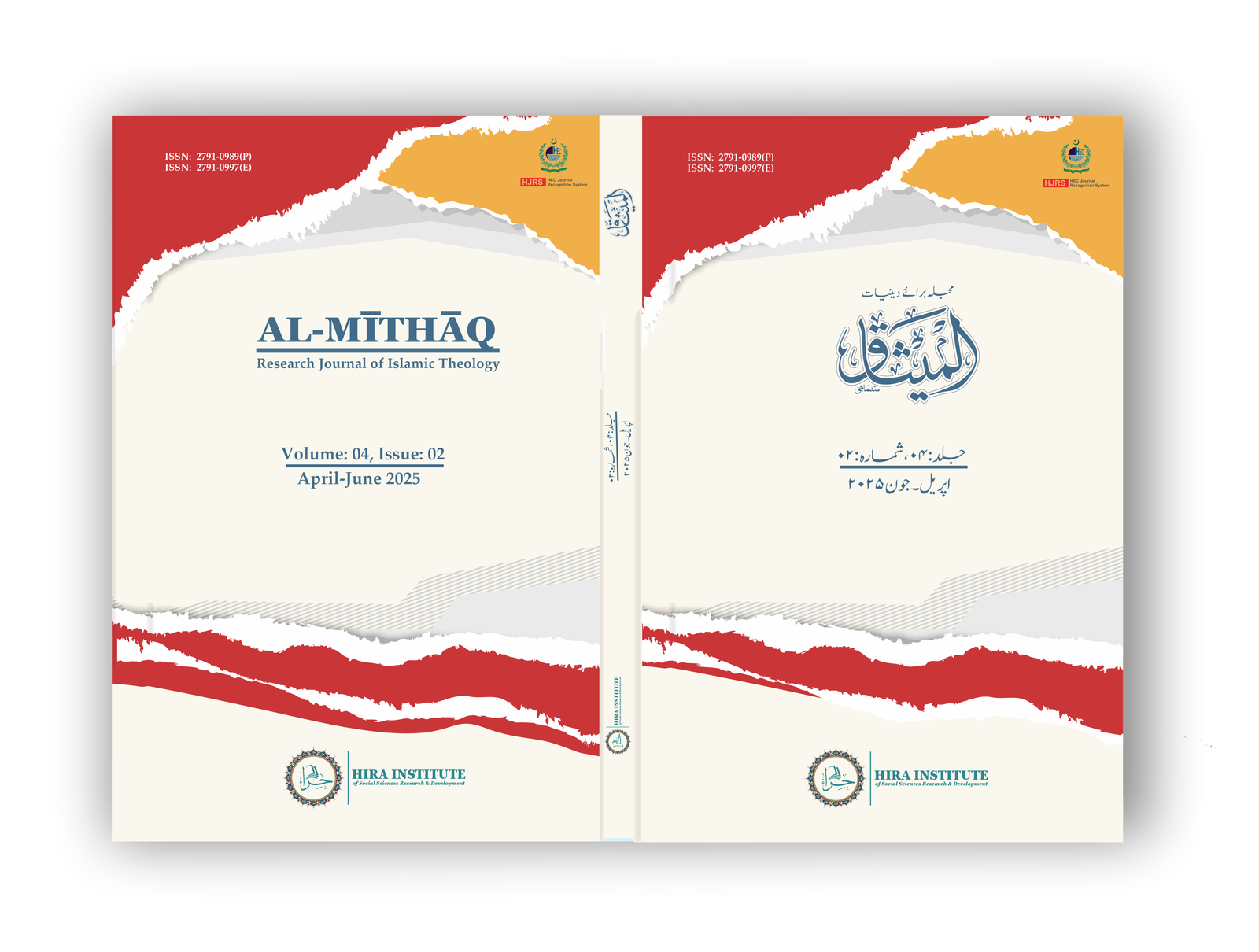The Intellectual and Religious Life in the Era of Ḥāfiẓ Ibn Ḥajar: An Analytical Study of Its Context and Impact
حافظ ابن حجر ؒ کے دور کی علمی اور مذہبی زندگی : حالات و اثرات کا تجزیہ
Keywords:
Intellectual History, Religious Thoughts, Theological School, ḤudūdAbstract
This study examines the intellectual and religious landscape of the era of Ḥāfiẓ Ibn Ḥajar al-ʿAsqalānī (d. 852 AH / 1449 CE), a time shaped by strong attachment to the four Sunnī legal schools (al-madhāhib al-arbaʿah). Juridical conformity (taqlīd) was often required for official and academic posts. The implementation of ḥudūd (Islamic penal codes) aimed to preserve public morality. The period saw the expansion of taṣawwuf (Ṣūfism), supported by state rulers. While it influenced spiritual life, it also encouraged some mystical misreadings. Ashʿarism was the dominant theological school, often in tension with Ḥanbalī and Salafī views. Various sects such as the Rāfiḍah, Ismāʿīlīs, Nuṣayrīs (Alawites), Druze, and Ḥurūfīs emerged, promoting innovations (bidʿah) and ecstatic mysticism. Despite these challenges, the era saw remarkable scholarly productivity memorization of classical texts (ḥifẓ al-mutūn), compilation of works, and interregional learning. Eminent scholars of this period include Ibn Kathīr, Ibn Baṭṭūṭah, Ibn Rajab, Ibn al-Mulaqqin, Al-Jazarī, Al-Būṣīrī, Ibn Khaldūn, and Imām al-Sakhāwī. The study concludes that the socio-religious context of this time significantly shaped Ibn Ḥajar’s scholarly character and his balanced intellectual legacy.







